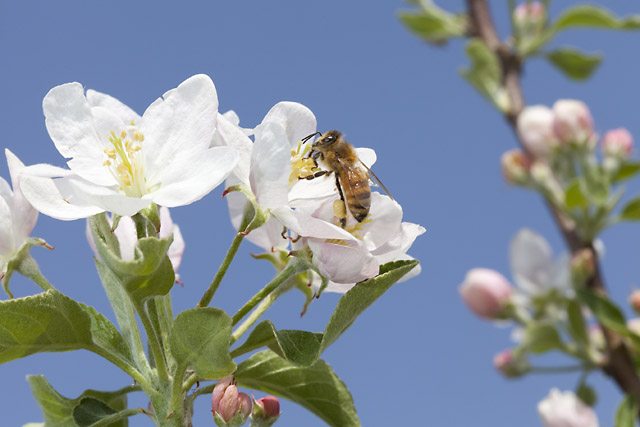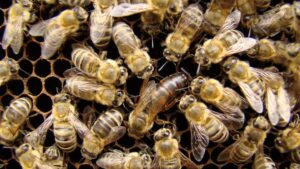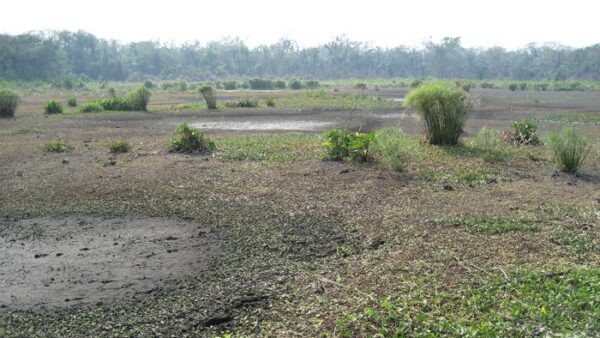Losses of managed honey bee colonies were 23.1 percent for the 2014-2015 winter, but summer losses exceeded winter numbers for the first time, making annual losses for the year 42.1 percent, according to preliminary results of the annual survey conducted by the Bee Informed Partnership, the United States Department of Agriculture (USDA) and the Apiary Inspectors of America.
The winter loss improvement was about 0.6 percentage points less than the losses reported for the 2013-2014 winter. This is the second year in a row that winter losses have been noticeably lower than the nine year average winter loss of 28.7 percent.
However, beekeepers are not losing colonies only in the winter but also throughout the summer, sometimes at significant levels.
“The winter loss numbers are more hopeful especially combined with the fact that we have not seen much sign of Colony Collapse Disorder (CCD) for several years, but such high colony losses in the summer and year-round remain very troubling,” says Jeff Pettis, a survey co-author and a senior entomologist at USDA’s Agricultural Research Service Bee Research Laboratory in Beltsville, Maryland.
“If beekeepers are going to meet the growing demand for pollination services, researchers need to find better answers to the host of stresses that lead to both winter and summer colony losses.”
More information is available here: http://www.ars.usda.gov/News/docs.htm?docid=1261












